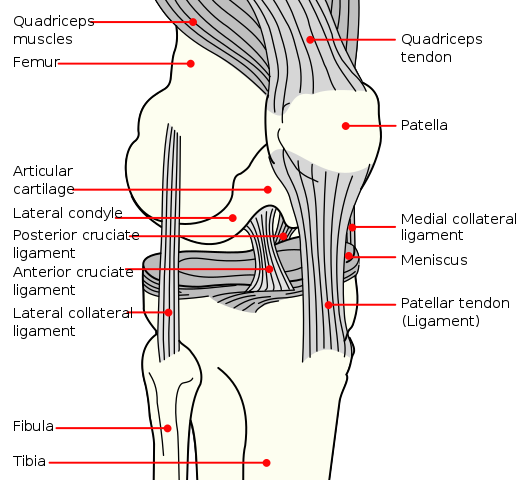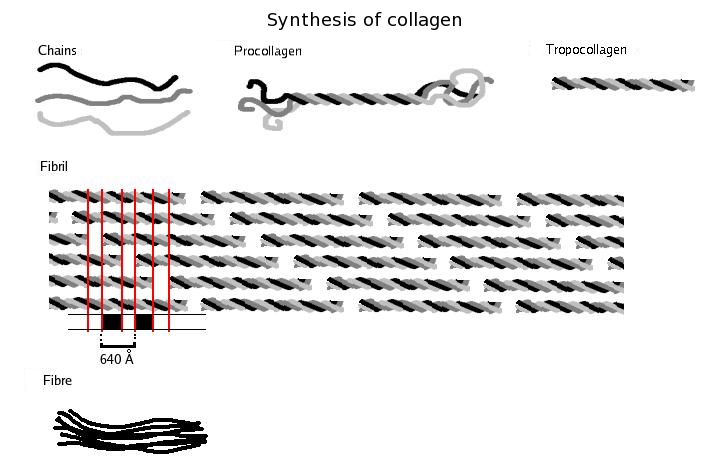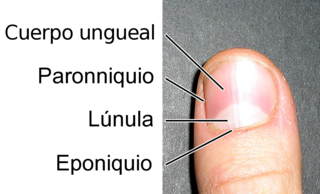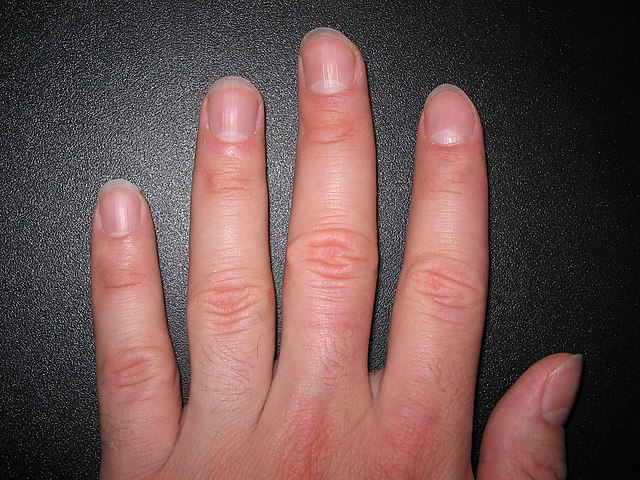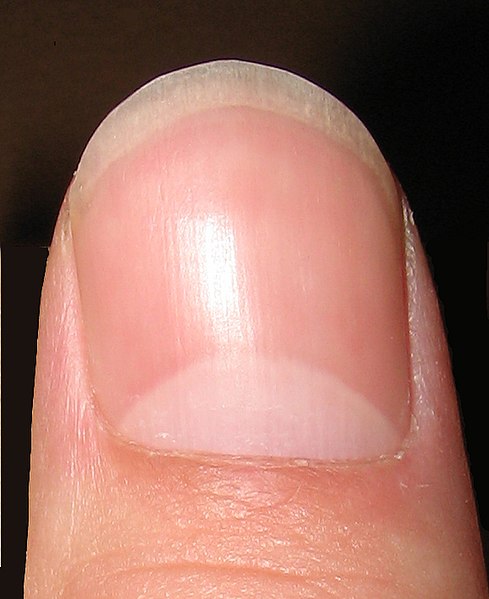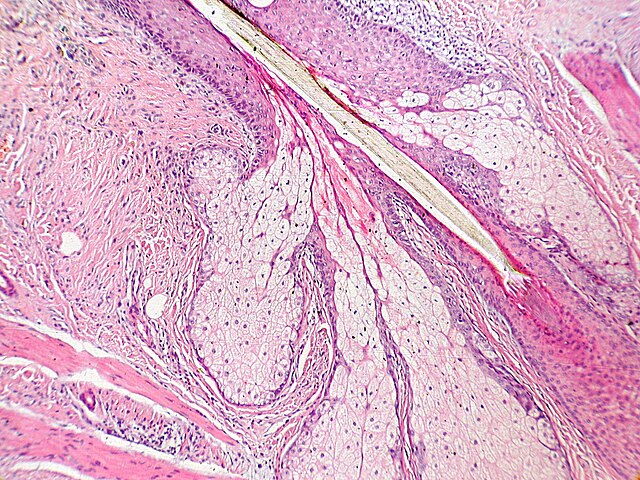We just learned about the
Hair Follicle.
Human hair doesn't always grow at the same speed.
Sometimes it is growing a lot, sometimes it is slowing down, and sometimes it stops growing.
We know that the hair on our head grows longer than the hair on our eyebrows or eyelashes.
Each part of the body has different rules for how long the hair should grow, and when it should stop.
The time for growing of hair is called the anagen phase.
catagen is when the hair growth is slowing down.
telogen is when the hair has stopped growing because it is long enough.
The hair for your eyebrows grows for about 4 months and then stops, but the hair on a human head will keep growing at a normal speed for about 2-7 years!
Human hair usually grows about 6 inches every year, so after 7 years your hair would be four and a half feet long!

(from: wikipedia -
human hair growth)
Kid Facts - Blast from the past: Thalamus

